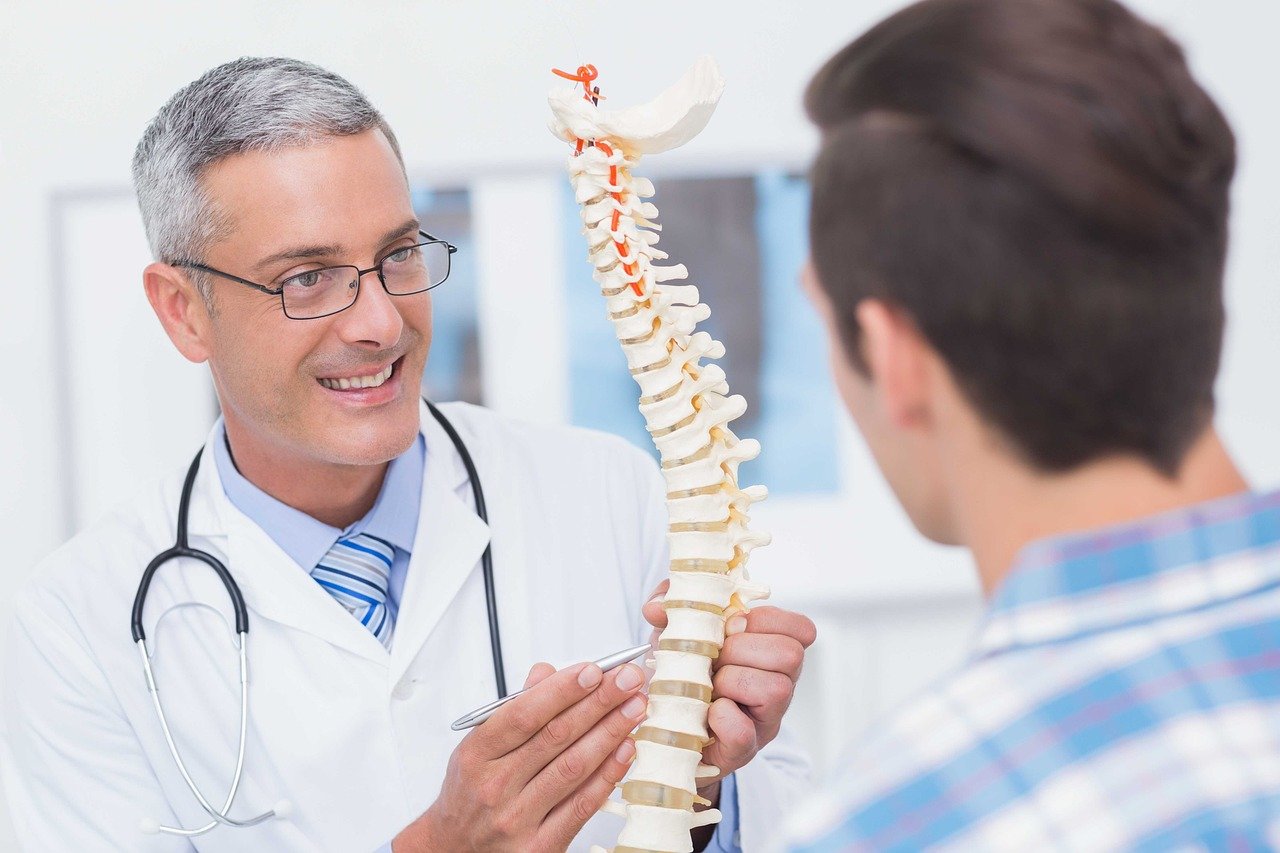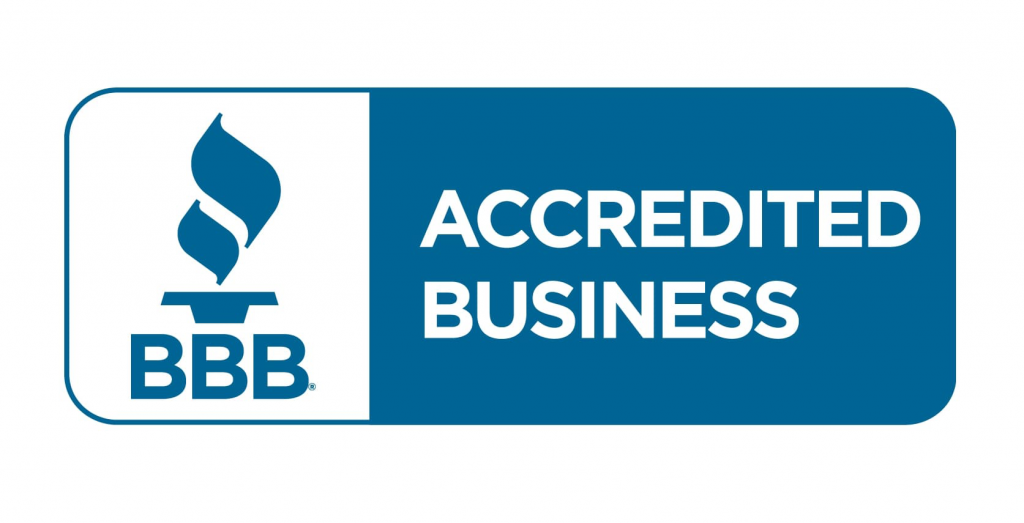Back and spine injuries are an ever-present danger in manual labor fields such as construction, warehousing, and manufacturing. Such jobs involve physically strenuous activities like lifting, bending, and carrying materials that, over time, may lead to musculoskeletal trauma that makes recovery challenging—ultimately impairing both workers’ ability to work and their quality of life. Philadelphia Injury Lawyers, P.C. recognizes the serious effect that workplace injuries have on workers and their families.
Our skilled Philadelphia workers’ compensation attorneys help employees who suffer from such injuries recover financially from such accidents. In this blog, we will concentrate on strategic measures to reduce the rate of back and spine injuries in their work environment by gaining expertise through preventive training sessions and alterations that offer safer working environments that lessen the outbreak or frequency of such avoidable injuries.
Understanding the Causes of Back and Spine Injuries
Back injuries are common among physically demanding occupations, usually caused by repetitive lifting, awkward motions, and long work shifts. Heavy objects combined with poor posture or insufficient ergonomic assistance may contribute to long-term or sudden back discomfort resulting from increased spinal pressure over time – increasing the chances of injuries occurring over time and necessitating preventive measures from employers and workers in order to limit potential health problems later on. Both sides must recognize these risks so as to take preventive steps against these threats in order to minimize health issues down the road.
Prevention Strategies for Workers
Proper Lifting Techniques
Proper lifting techniques are crucial to avoiding back injuries. Employees need to bend their knees, engage their leg muscles, and keep objects close to their bodies when lifting objects. Proper lifting methods training sessions should emphasize asking for assistance when handling heavy items in order not to strain themselves further. These methods could greatly decrease strain risks in professions that regularly involve lifting or moving heavy items.
Maintaining Strong Core and Back Muscles
Exercises aimed at developing the core and back muscles are essential as they contribute to the protection of the spine, thereby preventing a variety of injuries; exercises and stretches should be practiced regularly, which would result in releasing tension and stretching. In return, employees can include easy core exercises or stretching programs at times when they are taking breaks or before shifts. This will make them strong and less prone to being injured; employers should promote this exercise as part of their employee health program because muscle development is the main thing to a person not getting hurt.
Ergonomics and Workplace Adjustments
Creating Ergonomic Workstations
An ergonomic workstation is critical to preventing repetitive strain injuries. Adjustments like workstation height, strain-reducing tools, and supportive seating can make an immense difference for repetitive tasks; such changes also increase both comfort and productivity by relieving physical strain on the body. By investing in ergonomic workspaces, organizations demonstrate their dedication to employee health while enjoying lower injury rates and greater morale in return.
Utilizing Assistive Devices and Equipment
Tools like dollies, hoists, and hand trucks could greatly reduce a workforce’s physical burden at work. These devices ensure that objects do not necessarily need to be lifted. Thus, the chances of a person suffering from injury due to a back-related strain will be reduced with these supportive tools. Workforce owners should encourage the use of such supporting tools and send the workforce for proper use training. All these devices will be available to the workers; therefore, their work will be done in a healthy and productive environment.
Promoting a Safety-First Culture
Training and Awareness Programs
Regular safety training focused on back injury prevention is essential. These programs should cover safe lifting techniques, body mechanics, and early strain recognition. Establishing an environment in which employees feel safe to report discomfort or strain promotes proactive health management. It can help workers avoid severe injuries through education and an atmosphere conducive to reporting issues early.
Encouraging Breaks and Stretching Intervals
Scheduled breaks and intervals for stretching are important in relaxing the muscles, particularly in jobs that involve repetitive movements or prolonged standing. Short micro-breaks help prevent the onset of muscle fatigue, which may result in the development of repetitive strain injuries. In this regard, employers must encourage workers to alternate between tasks and take breaks. Regular movement and task variation contribute significantly to long-term back and spine health.
Conclusion
Reducing back and spine injuries in manual labor environments is key to creating safer, more productive workspaces. By focusing on prevention methods such as appropriate training and safety equipment as well as regular safety inspections, an employer will ensure that a worker is safeguarded to cut costs for injury claims at work—a humane gesture of respecting workers’ rights.
Philadelphia Injury Lawyers, P.C. is dedicated to supporting workers injured on the job. Our competent, expert Philadelphia workers compensation lawyers can help an employee secure fair compensation and services for his or her maximum care during recovery. Employees and employers can make necessary provisions to create a condition of health, efficiency, and fitness at the workplace and get preventive action along with a professional legal opinion where needed.







